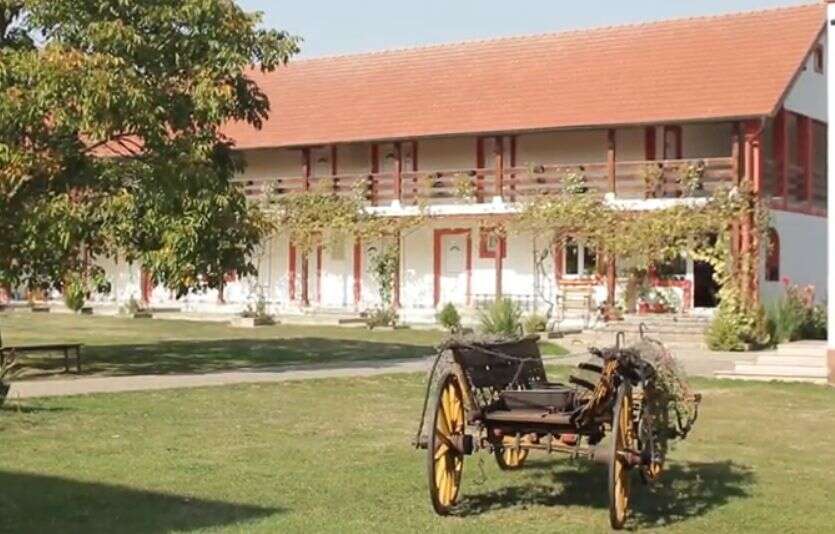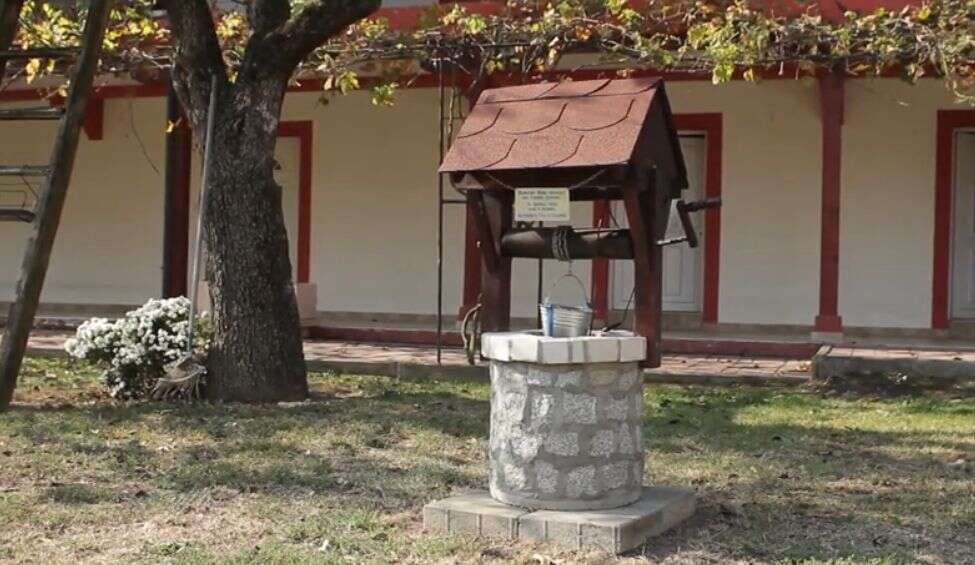About five kilometers from the main road Sabac-Loznica Ilinje monastery is located – it is one of the newest Serbian shrines that adorns the municipality of Bogatic. The monastery was built in 1983 on the estate of the couple Lackovic in the village of Ochage, and is considered a great healing place by many.
Because of the belief that miracles occur here, many believers are coming on a daily basis. As a result, a billet and a reception hall were built, and the monastery doors are always wide open. Monks say people come not only from Serbia, but from all over the former Yugoslavia, as well as from Europe – not only Christian Orthodox believers, but also Catholics and Muslims.

There are most visitors when the Anointing of the Sick is done, and then as many as 1.500 visitors come in one day, and especially so in the spring, when everything around the monastery is blossoming and green.
We asked what are believers looking for in this place.
– What they are looking for is what they find – say the monks. – Spiritual peace, salvation and healing.

HOW DID IT ALL START?
There is an interesting historical story about the Ilinje Monastery: the Lackovic family, Ilija and Stanija, were great believers and worshipers, and since there was no church in the village of Ochage, a priest suggested that materials be purchased, a plot purchased, and a church built. When the Lackovic family heard this, they decided to solve the problem in a simpler way and donate their property to the church.
They took a vow to build a church in their yard. When they did, they prayed to God constantly, moving even closer to their faith, until they had the desire to become monks. They did so, and were given the monastic names of Ilija and Ana.
Until the last days of life, they led a modest monastic life, dedicated to prayer and faith, and there they died.

Today, the monastery head is Father Isailo Jokic, who performs the Anointing of the Sick every other Saturday, when the liturgy is served from four in the morning.
HOW IS THE ANOINTING DONE?
It is because of anointing that most people come to the monastery of Ilinje, and this is done by treating a sick person with oil and invoking the grace of God, which, according to monks and believers, heals mental and physical problems.
People with addiction illnesses also seek solace and peace here, and they also get help by talking with clergy.
Many people claim that they have found a solution here for their health problems, and there is even one poem written with a refrain: “We go to the monastery of Ilinje to be healed, to pray to the Lord, the Holy Prophet Elijah, to pray our abbot for us to experience healing… ”
The monks say that not a day goes by without 100 to 150 people coming here, and some of them, the monks testify, begin to understand the meaning of life after their visit.
People say that they feel the blessings of God here and are touched by the hand of God. This is felt among the walls of the monastery, they testify.
Father Isaiah sometimes reads prayers for 12 hours, and the younger monks can’t help but ask him, “Father, where do you get so much strenght from?”

– Sometimes it happened that believers came to the monastery during the night to seek help. They arrived by car at midnight and shouted, “Help, we don’t know what to do with the child, it is dying,” and then father Isaiah got up and went to read prayers – the monks speak.
This did not prevent him from being on his feet at four o’clock in the morning and reading the prayers, says the young priest with admiration about father Isaiah.
Wheter you believe all these stories or not, it’s certainly a nice experience to visit the Ilinje Monastery.

Anyone can use the lodging: it is paid for very symbolically, only to the extent that it is enough for the maintenance of the sheets.
The billet capacity is about 100 people.
This text was created under the project “Seven Wonders of Bogatich” and co-financed by the municipality of Bogatich. The views in the text are not those of the municipality.
(Come to Serbia)
